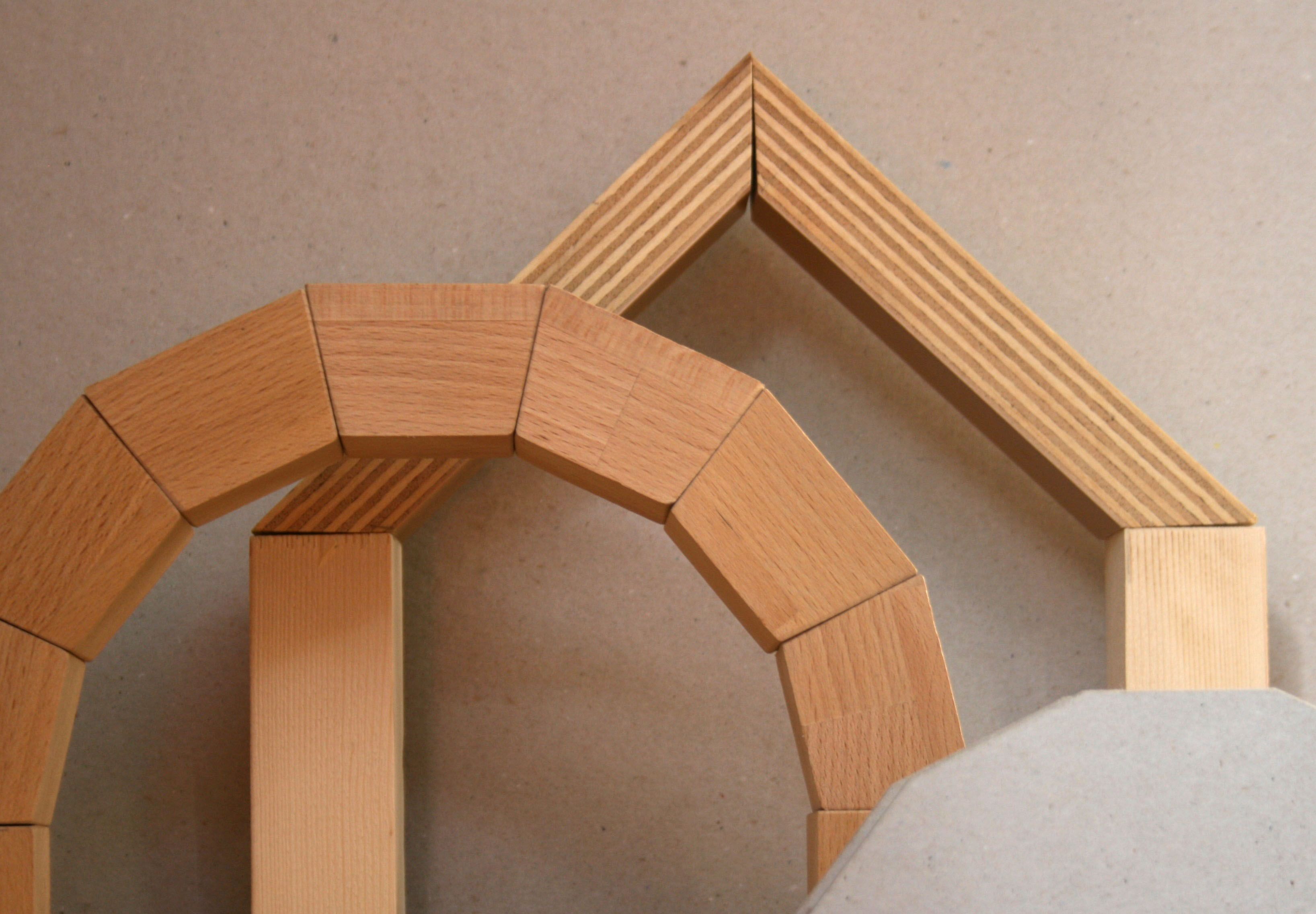 The Museo Galileo celebrates its fifth National Braille Day (February 21) through a series of events that have been made possibile thanks to the collaboration with the Stamperia Braille of the Regione Toscana (Tuscan Braille Printery) and the Unione Italiana Ciechi e Ipovedenti (Italian Union of the Blind and Visually Impaired).
The Museo Galileo celebrates its fifth National Braille Day (February 21) through a series of events that have been made possibile thanks to the collaboration with the Stamperia Braille of the Regione Toscana (Tuscan Braille Printery) and the Unione Italiana Ciechi e Ipovedenti (Italian Union of the Blind and Visually Impaired).
On Thursday, February 21, starting from 10 am, the pupils of the Secondary School of the Istituto Comprensivo Galileo Chini in Montecatini Terme (PT) will launch their work “Nei panni della geometria”, made within the contest “Sì… Geniale!”, which was promoted by the Fondazione Cassa di Risparmio di Pistoia e Pescia. The aim pursued by the students participating in the project is to explain the geometry in a sensorial way.
Each student will receive a certificate of merit for his/her commitment in disseminating ‘tactile’ science.
On Sunday, February 24, at 3.30 pm, the Museo Galileo offers “C’era una volta…e anche un arco!”, an interesting lecture by Giovanna Ranocchiai on the different types of vaults: thanks to a three-dimensional model of a wood block arch, it will be possible to talk about geometry and representation of the vaulted structures and to understand the uniqueness of the static strength of a dome like that of Santa Maria del Fiore. The event, included in the cost of the admission fee, is made thanks to the collaboration with the Università di Firenze, Dipartimento di Ingegneria Civile e Ambientale, and is reserved both for the sighted and for the visually impaired public.
From February 21 to 24 the exhibition Tecniche e strumenti per la scrittura Braille, which had run at the Museo Galileo in the last years, illustrates through a tactile tour how the blind can access museums and engage with the works on display. The exhibition displays Braille writing instruments and early-20th-century tactile books bearing witness to the activity of the Braille Printery in Florence, as well as the image molds used for the Braille guide book of the Museo Galileo. The exhibition is enriched by 3D printed anatomic models from the museum collections.
All events will be held in Italian.
-
Useful links
- Unione Italiana Ciechi e Ipovedenti Firenze (Italian only)
- Stamperia Braille (Italian only)


